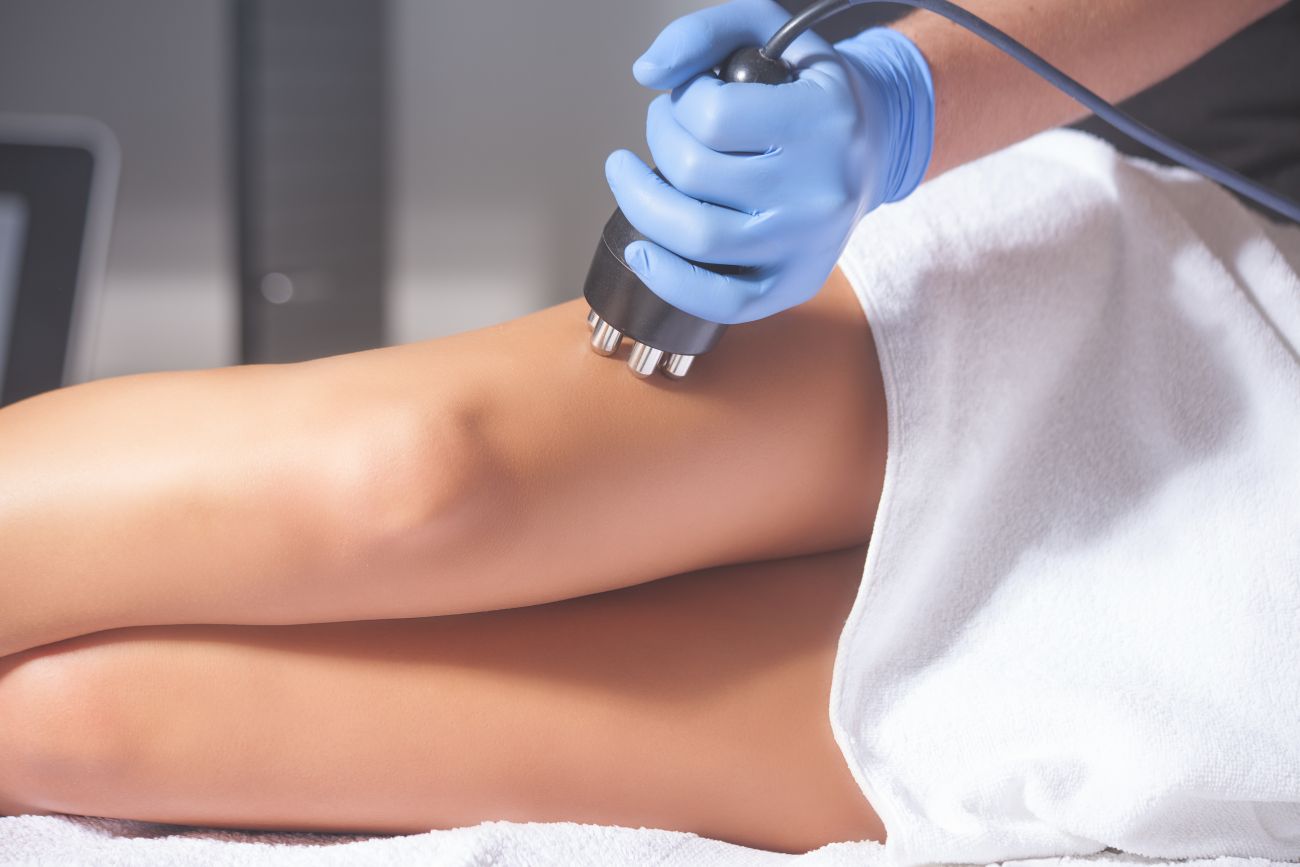Cellulite is the term used to describe fatty deposits under the skin that create a dimpled appearance that’s similar to the surface of an orange. The condition occurs most often in adolescent and adult women — especially those who are overweight. The condition isn’t medically serious or dangerous, but it can affect how people feel about their appearance.
Cellulite most commonly appears on the hips, thighs, legs, buttocks, and abdomen. Cellulite can also appear on the breasts and areas of the back. The condition creates a lumpy, dimpled appearance to the skin. Most treatments won’t get rid of cellulite, but they can improve the appearance of the skin.
Men who have hormonal imbalances are also at risk of developing cellulite.
What is Cellulite?
Little is known about what causes cellulite. Fat deposits push through connective tissue between the muscles and skin while connective cords pull down. About 80 percent to 90 percent of all women develop cellulite. This creates an uneven surface, or dimpling. Doctors refer to the cellulite condition as edematous fibrosclerotic panniculopathy, or EFP.
The Symptoms and Causes of Cellulite
The causes of cellulite aren’t completely understood, but the condition involves the fibrous connective cords that connect the skin to underlying muscles. The layer of fat between the skin and muscles pushes up on the skin while the cords pull down, which creates an uneven surface with pockets of depressions, or dimples. When these cords shorten, the effect becomes more pronounced. Adding more fat under the skin also aggravates the condition. Risk factors for cellulite include heredity, hormones, pregnancy, and weight gain, but the condition can affect anyone regardless of weight.
The most common symptoms of cellulite include:
- Sudden weight gain
- Greater skin sensitivity
- A range of dimpling from mild dimples to a “cottage cheese” appearance
- Thicker-than-normal skin
- Broken blood vessels
- Skin that feels cooler than it should
- Redness, swelling, and itching of the skin
How Doctors Diagnose Cellulite
Doctors can use ultrasound diagnostic tests to determine whether you have cellulite and how advanced the condition is. The condition can also be diagnosed by observing the affected areas over a period of time or pinching and rolling the skin to detect mild cases that wouldn’t ordinarily show. The condition can intensify over time. Detecting cellulite in the early stages offers expanded opportunities to improve the skin’s appearance with various treatment options.
Treatments for Cellulite
No single treatment for cellulite is 100 percent effective, but medical treatments can ameliorate symptoms and improve the appearance on the skin. Common treatments include:
Weight Loss
Losing weight can minimize the effect of dimpled skin. However, weight loss won’t make cellulite go away completely. Weight loss has other pros and cons because it can affect your health — especially if one doesn’t need to lose weight or are extremely obese. Weight loss is not a permanent solution, and you will need to manage your weight for prolonged periods to minimize cellulite outbreaks. All weight loss efforts should be discussed with a doctor.
Laser and Radiofrequency Treatments
Advanced laser or radiofrequency treatments are among the most promising cellulite treatments. The former uses diode laser energy and tissue massage to reduce cellulite. The latter uses radiofrequency pulses and infrared light with tissue massage. The risks of both treatments include swelling, skin irritation, and thermal heating. The costs can also prove high for procedures that aren’t guaranteed to work.
Infrared therapy is thought to increase lymphatic drainage, which makes the skin less puffy, while reducing the size of fat cells. The therapy seems to work best on the thighs, abdomen, buttocks, and “love handles.”
Liposuction
During liposuction, a surgeon inserts a narrow tube under your skin through small incisions to suck out fat. There are always risks of infections, side effects, and long healing times with any kind invasive procedure. Liposuction could also worsen the appearance of cellulite. Laser-assisted liposuction has proven more effective in some cases, and it generates fewer side effects than traditional liposuction.
Ultrasound
Ultrasound treatments are noninvasive procedures that use sound waves to reduce the fat under the skin, but it takes about three to four months to see an improvement. The cons of treatment include the ongoing cost of multiple treatment sessions with no guarantee of satisfying results.
Cellfina
This proprietary treatment is currently the only FDA-approved treatment that’s been clinically proven to improve the appearance of cellulite for two years. A cosmetic surgeon uses a needle-type device to cut the fibrous cords to smooth out dimpling. People can see results in as little as a week after the procedure, and the treatment can last up to three years.
However, Cellfina has only been cleared for treatment in the thighs and buttocks. Risks of the treatment include pain, bruising, swelling, soreness, and tenderness. The costs of treatment can also be a barrier for many women because they range from $3,500 to $6,500. Although positive results are almost always seen, the degree of improvement might not justify the cost.
Weight gain, pregnancy, hormone treatments, and other factors can aggravate cellulite and make it more noticeable, but the severity of the dimpling doesn’t introduce any greater medical risks. One can reduce the effects of cellulite with makeup, topical creams, olive oil, self-tanner lotions, and other cosmetic solutions.
